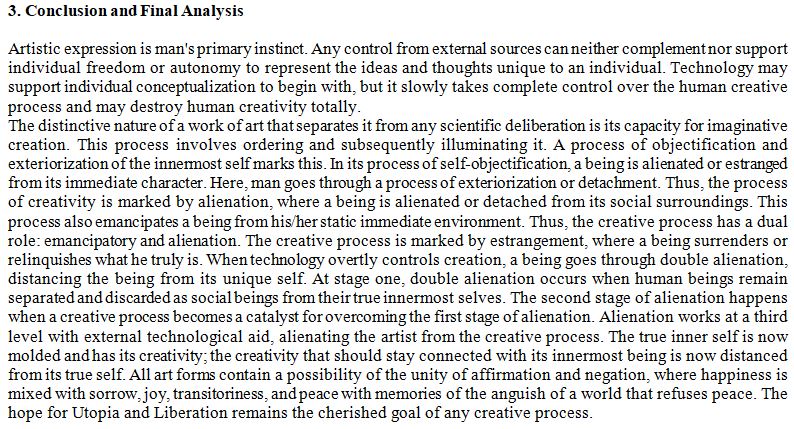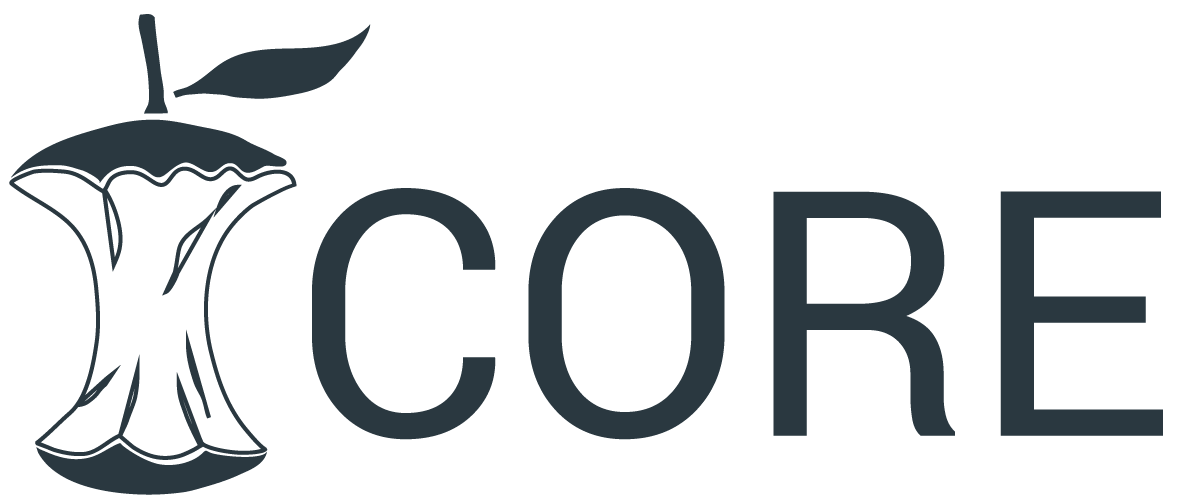Technology and Creativity: A Study of Herbert Marcuse Theory of Aesthetic Liberation
DOI:
https://doi.org/10.5281/zenodo.14824414Keywords:
aesthetic liberation, creativity, herbert marcuse, digital technology, creative autonomyAbstract
The following essay discusses the changing role of technology in various art forms, focusing on its impact on the artist's autonomy. As digital tools and platforms become increasingly essential to artistic creation, they present new opportunities and challenges for creative expression. The paper examines how technology has transformed traditional mediums such as painting and sculpture, giving rise to entirely new digital art, virtual reality, and AI-generated works. While technology has democratized artmaking, enabling broader participation and innovation, it also raises questions about an artist's autonomy and originality in an age of algorithmic assistance. By analyzing the theoretical perspectives of prominent thinkers – especially Herbert Marcuse – this essay aims to understand how artists navigate the balance between creative control and external specialized influence, ultimately questioning whether technology enhances or reduces an artist's autonomy. This discussion contributes to broader debates on the future of art in a rapidly changing and highly digitized world.
When we examine the value of an art form in the human cognitive process, it is relevant to compare it with the scientific cognitive process. An art form involves a cognitive elaboration of facts, where an artist expresses their innermost feelings: the creative process can serve as a tool for both art and propaganda. Although propaganda potentiates social realities, its power in this aspect often depends on the artistry. If art is to enhance understanding genuinely, it must do more than assert itself as propaganda does: instead, it must secure belief through reflective understanding.
In contrast to the process of scientific inquiry, a work of art is a creative expression that can enhance and illuminate day-to-day experiences. Thus, artistic cognition is a powerful medium that makes an art form more valuable than any materialistic objects of pleasure and provides a better understanding of the human experience. If a reality depicted by an art form is deeply rooted in human experience, there is a danger of a technology-driven art form which may completely alter the uniqueness of this experience. Thus, this study examines the factors that significantly contribute to the inherent part of the human creative process and those that are detrimental to it.
Downloads
References
Marcuse, H. (1964). One-dimensional man: Studies in the ideology of advanced industrial society. Beacon Press.
Marcuse, H. (1969). An essay on liberation. Beacon Press.
Marcuse, H. (1978). The aesthetic dimension: Toward a critique of marxist aesthetics. Beacon Press.
Marcuse, H. (1991). Art and liberation: Collected papers of herbert marcuse. Routledge.
Buci-Glucksmann, C. (1980). Baroque reason: The aesthetics of modernity. Sage Publications.
Jay, M. (1973). The dialectical imagination: A history of the frankfurt school and the institute of social research, 1923-1950. University of California Press.
Foster, H. (1983). Postmodern culture. Pluto Press.
Lazzarato, M. (2015). Signs and machines: Capitalism and the production of subjectivity. Semiotext (e).
Galloway, A. R. (2012). The interface effect. Polity Press.
Kellner, D. (1984). Herbert marcuse and the crisis of marxism. University of California Press.
Freitas Jr., W. (2019). The relevance of herbert marcuse's philosophy for critical media literacy education. Journal of Media Literacy Education, 11(2), 29-42.
Rizvi, F. (2018). Digital art and meaning: Reading the semiotics of creativity in practice. Springer.
Hesmondhalgh, D. (2013). The cultural industries. Sage Publications.
Manovich, L. (2001). The language of new media. MIT Press.
Jenkins, H. (2006). Convergence culture: Where old and new media collide. New York University Press.
Gauntlett, D. (2011). Making media studies: The creativity turn in media and communications studies. Peter Lang.
Schumpeter, J. A. (1942). Capitalism, socialism and democracy. Harper.
Mirowski, P. (2018). The Road from Mont Pèlerin: The making of the neoliberal thought collective. Harvard University Press.
Fuchs, C. (2014). Digital labour and karl marx. Routledge.
Terranova, T. (2004). Network culture: Politics for the information age. Pluto Pre.

Published
How to Cite
Issue
Section
ARK
License
Copyright (c) 2025 Dr. Mausumi Bose

This work is licensed under a Creative Commons Attribution 4.0 International License.
Research Articles in 'Social Science Journal for Advanced Research' are Open Access articles published under the Creative Commons CC BY License Creative Commons Attribution 4.0 International License http://creativecommons.org/licenses/by/4.0/. This license allows you to share – copy and redistribute the material in any medium or format. Adapt – remix, transform, and build upon the material for any purpose, even commercially.










